You know that feeling when you scroll through Instagram and your heart absolutely melts at those impossibly cute flat faces and gentle giants? I get it. Trust me, as someone who’s fallen head over heels for countless furry faces, I understand the pull. But sometimes love at first sight comes with a price tag that goes beyond just your wallet. We need to talk about what’s really happening when popularity meets genetics in the dog world, because some of the breeds flying off adoption lists are the same ones keeping veterinary surgeons up at night.
French Bulldogs – The Social Media Darlings With Hidden Struggles
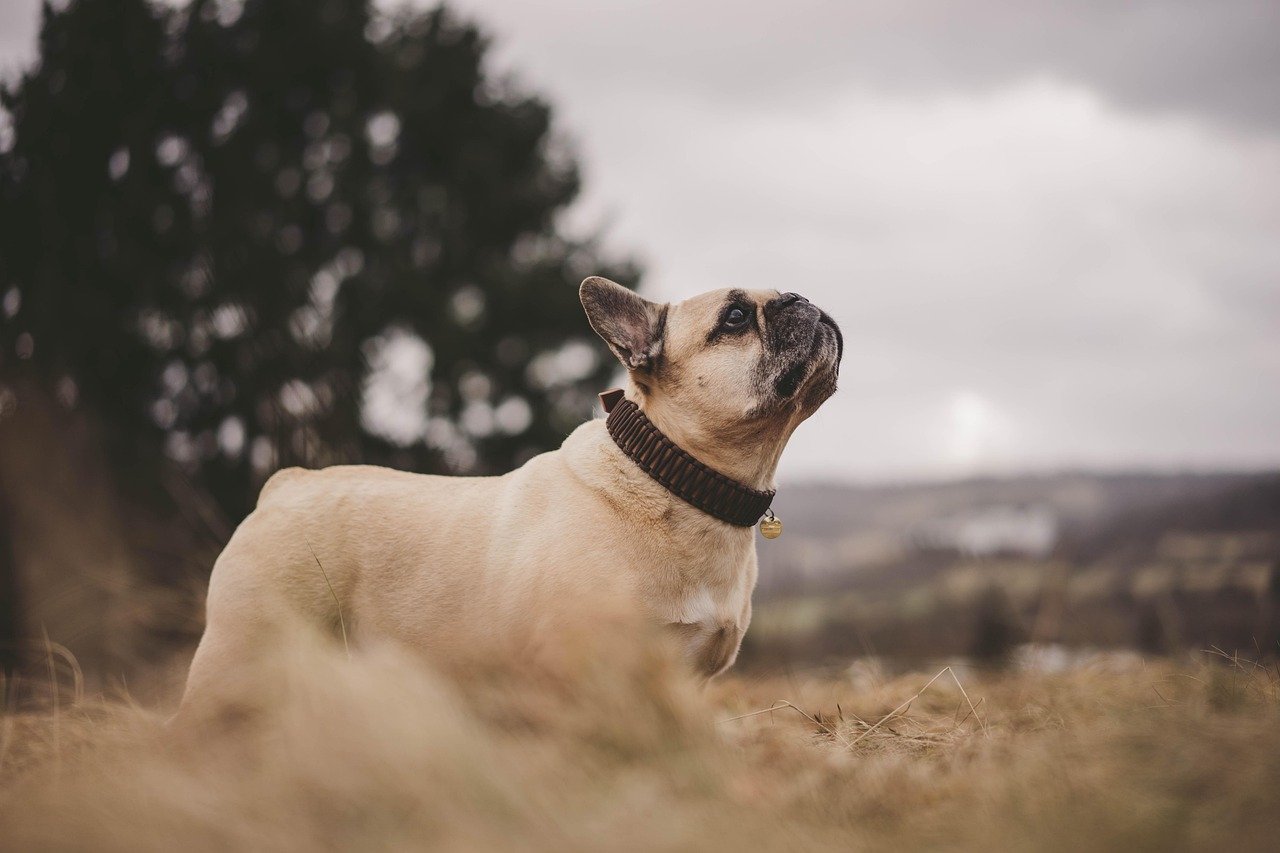
Let me paint you a picture that might surprise you. According to registration statistics by the American Kennel Club (AKC) – a nonprofit organization maintaining a registry of purebred dogs – the French bulldog was the second most popular dog breed in the United States in 2024, according to AKC registration data.
But here’s what makes veterinarians lose sleep: Objective measurements have determined that 50% of pugs and French bulldogs and 45% of bulldogs have clinically significant signs of brachycephalic obstructive airway syndrome (BOAS). Imagine trying to breathe through a drinking straw for your entire life. Veterinarian Sean Wensley compares living with their shortened skulls to breathing through a straw – for your entire life. Many owners consider huffing, snorting and other signs of labored breathing as a cute quirk of the breeds, but these dogs are suffering.
English Bulldogs – When Extreme Becomes Painful
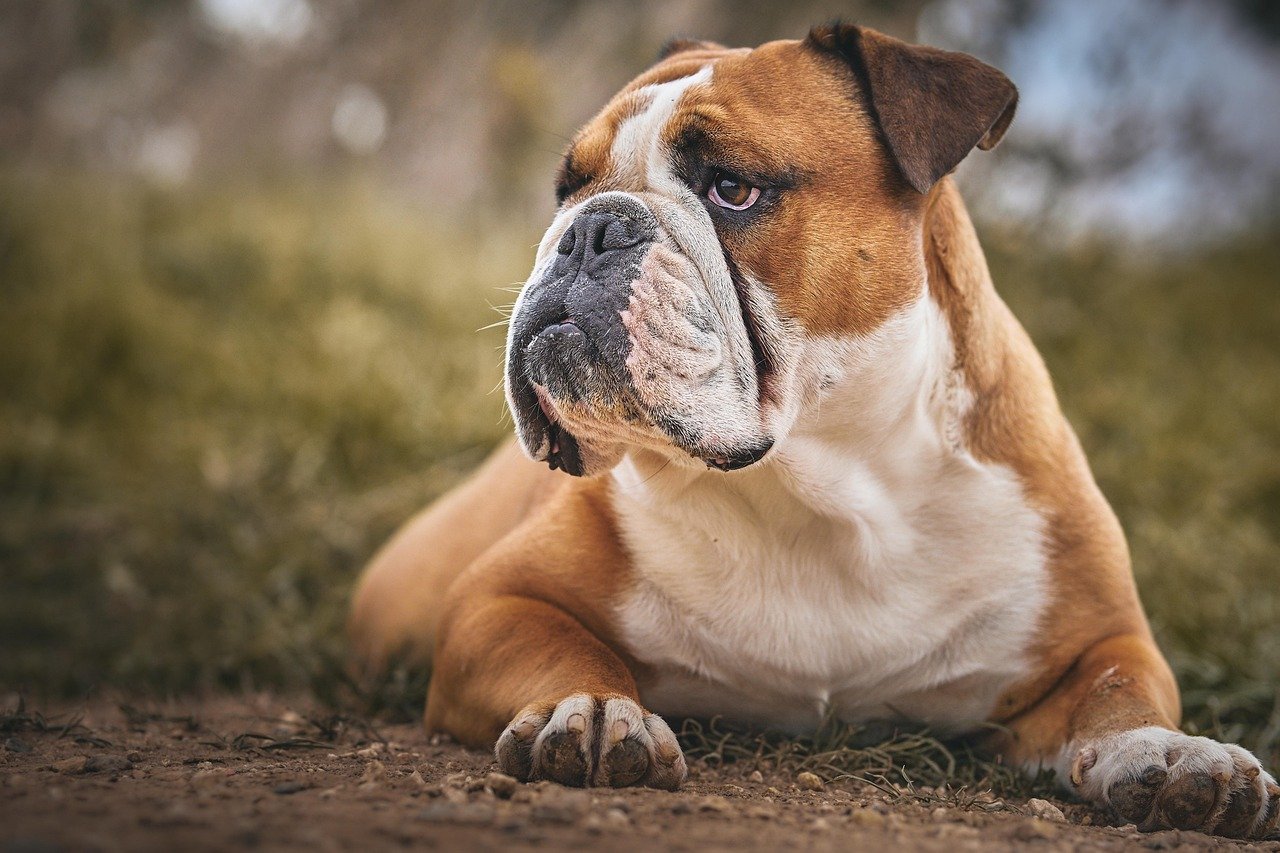
To meet pedigree standards, breeding has resulted in many genetic health problems for Bulldogs. The most common are respiratory due to Bulldogs being selectively bred to display shorter snouts. Think about this for a moment – we’ve literally bred the ability to breathe normally out of these dogs.
The reality gets even more heartbreaking when it comes to having puppies. The body shape of Bulldogs makes natural labor difficult. Most puppies have to be removed with veterinarian assistance via caesarean section. When a breed can’t even give birth naturally anymore, we’ve crossed a line that nature never intended us to cross.
Pugs – Those Adorable Bug Eyes Come With a Price

Those bulging eyes that make us go “aww” on social media? They’re actually a health nightmare waiting to happen. The short nose conformation of brachycephalic breeds results in large, protruding eyes that are prone to injury. As a result, brachycephalic dogs are more likely to develop corneal ulcers (injury to the surface of the eye).
Due to their short noses and flat faces, Pugs often have breathing difficulties, which can lead to respiratory distress, especially in hot or humid weather. Pugs are 54x more likely to have the disease. Fifty-four times more likely! That’s not just a slight increase in risk – that’s a genetic catastrophe we’ve created in our quest for “cuteness.”
Great Danes – Gentle Giants With Shortened Lives
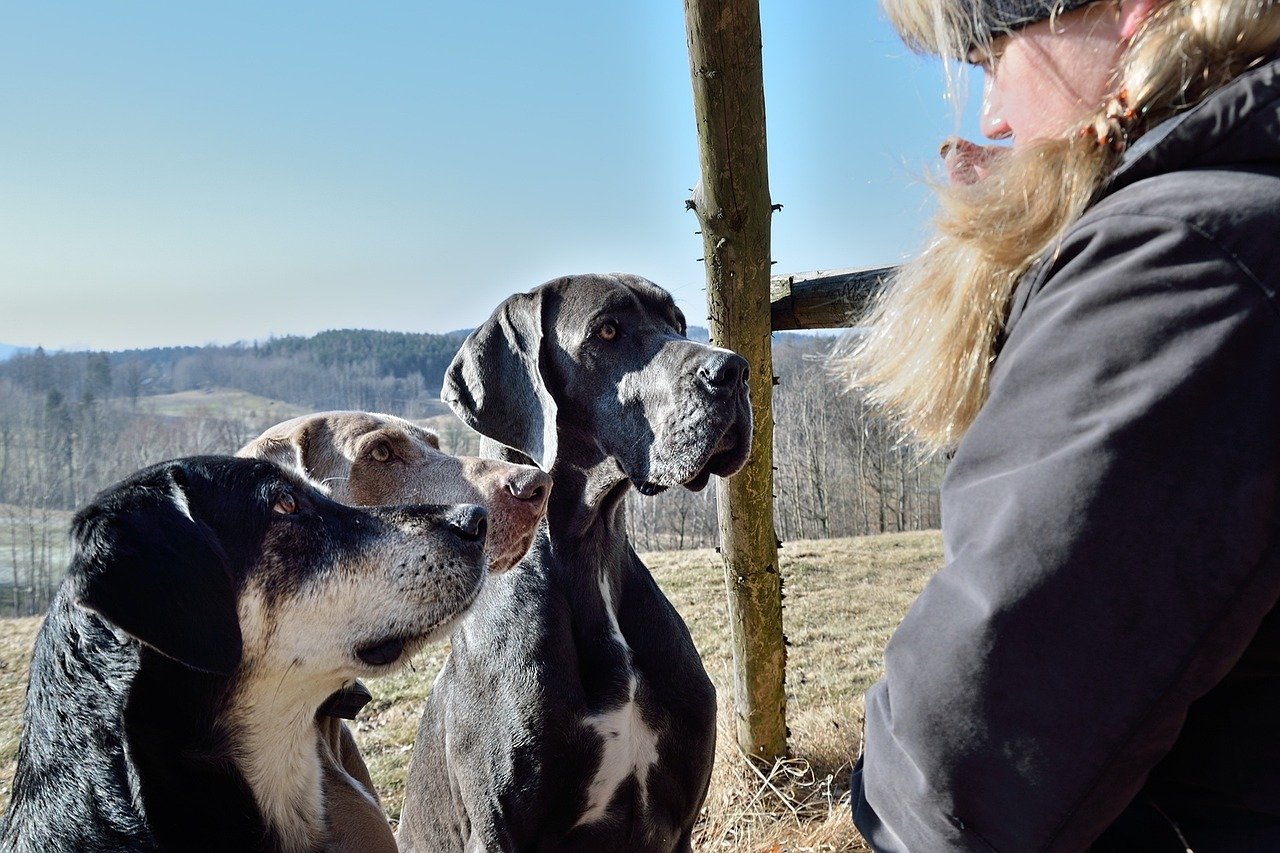
Great Danes capture our hearts with their gentle nature and impressive stature, but The average lifespan of a Great Dane is 8-10 years. Compare that to smaller breeds who easily live 12-15 years, and you start to see the cruel math of genetics.
The most terrifying condition they face is bloat. Bloat, or gastric dilatation-volvulus (GDV), is a life-threatening condition where the stomach fills with gas and twists, cutting off blood supply. Great Danes, with their deep chests, are particularly susceptible. Imagine your beloved companion going from perfectly fine to life-threatening emergency in a matter of hours.
German Shepherds – When Working Dogs Break Down
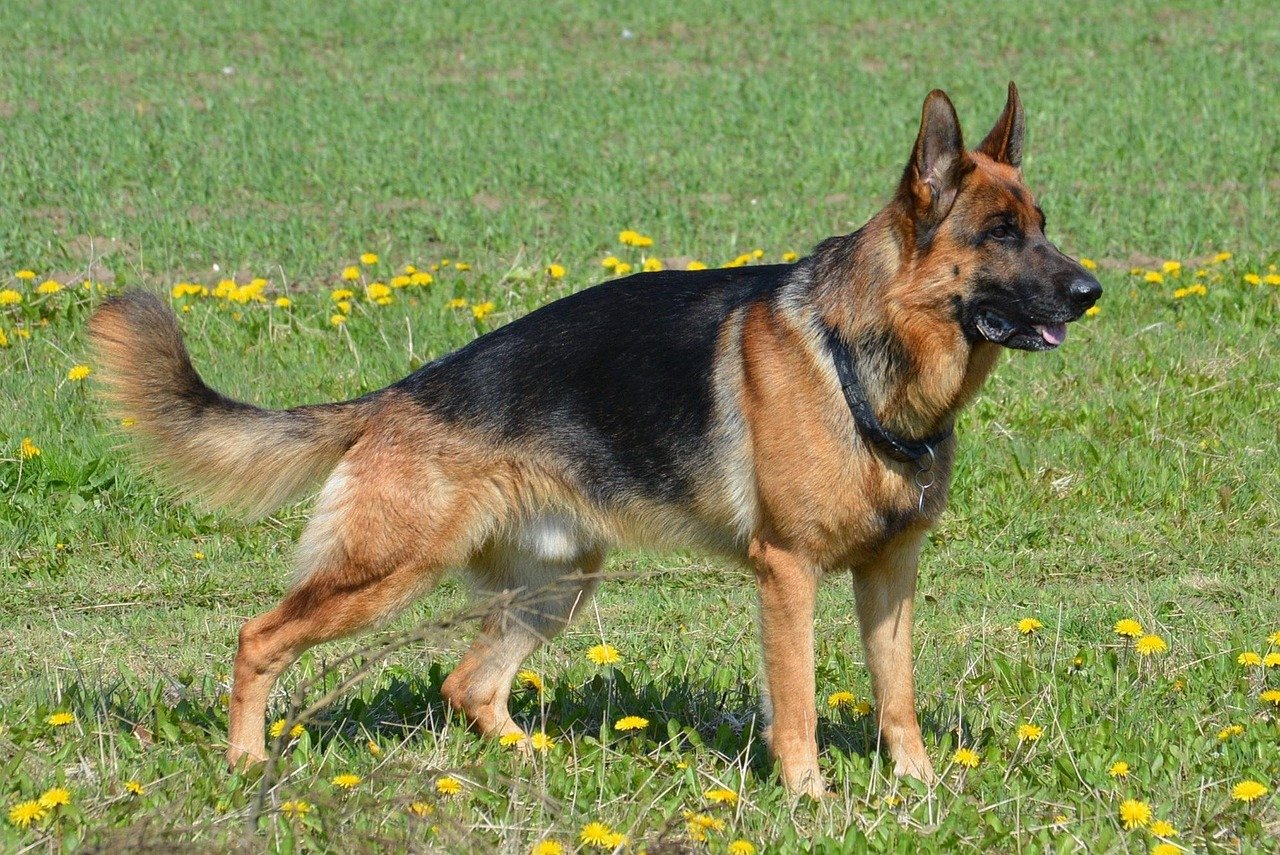
German Shepherds might look like the picture of canine health, but underneath that noble exterior lies a ticking time bomb of joint problems. German Shepherds are a popular and intelligent breed prone to specific health issues. Hip Dysplasia: This genetic condition occurs when the hip joint doesn’t develop properly, leading to arthritis and pain.
Although they have a long life expectancy for a large breed dog, they are prone to health issues such as gastric dilation and volvulus (which can be life-threatening), as well as cancer, allergies, and heart disease. It’s heartbreaking to watch a dog bred for work and activity slowly lose their mobility to genetic conditions we could have prevented through responsible breeding.
Goldendoodles – The Designer Dog Myth

Here’s where things get really frustrating for experts. People think mixing breeds automatically creates healthier dogs, but Generations of inbreeding have resulted in purebreds often suffering from serious genetic issues, including breathing difficulties and spinal disease – so much so that some veterinary surgeons and experts are now urging consumers to rethink purchasing flat-faced dogs like Pekingese, pugs and the ultrapopular French bulldog.
The truth about Doodles isn’t as simple as their marketing suggests. The two main factors that draw people to Doodles is their low-shedding, often hypoallergenic coat as well as their goofy and adorable looks and personality. When it comes to a Doodle’s coat, you need to know that it is impossible to predict how exactly it will end up.
Cavalier King Charles Spaniels – Beauty Hiding Brutal Health Issues
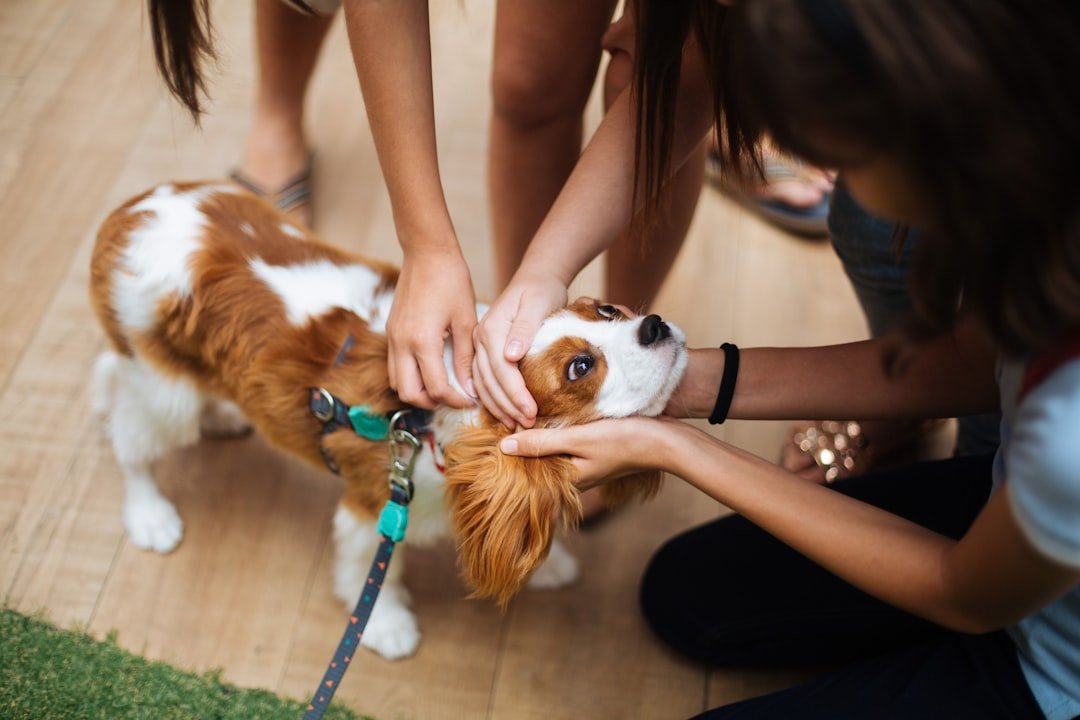
For example, dilated cardiomyopathy has been determined to be far more common in Doberman Pinschers, Boxers, and Great Danes (32) than other dog breeds, whereas studies on the Cavalier King Charles Spaniel have found a high prevalence of cardiac, dermatological, and ocular disease (60).
These sweet, gentle dogs face a triple threat of health problems. Their hearts struggle, their skin breaks down, and their eyes fail them. When you know that going into ownership, it changes everything about how you see those adorable, trusting faces looking up at you from the breeder’s photos.
Boxers – Cancer’s Favorite Target

Boxers have this incredible zest for life that makes them irresistible companions, but they’re living with a genetic sword hanging over their heads. Boxers are at higher risk for certain types of cancer, including lymphoma and mast cell tumors.
In both cases, the cancer is often felt as an unusual lump or bump on your dog’s body. Both of these cancers might be treatable, but it’s important to catch them early. So if you have a boxer, be sure to check them regularly for lumps. Living with a Boxer means becoming intimately familiar with every bump and texture on their body, always waiting for the one that doesn’t belong.
Rottweilers – Giants with Fragile Bones

Rottweilers puppies are susceptible to a bone disorder called osteochondrosis. This condition causes weakness in the bones as they age. These dogs may develop cancer at a greater rate than similar breeds.
The irony is crushing – these powerful, muscular dogs that look like they could take on the world are actually dealing with bones that betray them from puppyhood. Large breeds like the Rottweiler are at risk for a variety of joint problems, including hip dysplasia, elbow dysplasia, arthritis, and osteochondrosis dissecans (OCD).
Cocker Spaniels – When Beauty Becomes a Burden
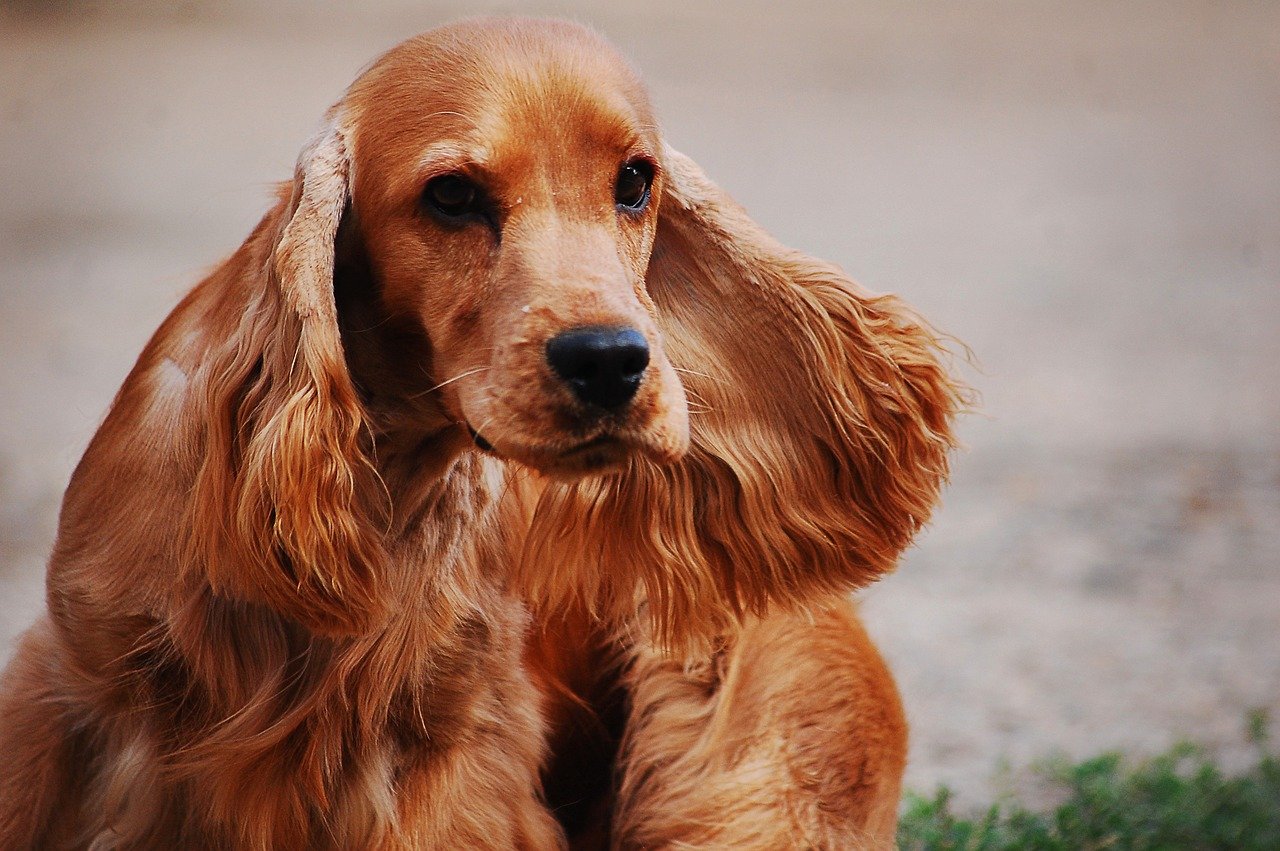
Those gorgeous, flowing ears that make Cocker Spaniels so photogenic? They’re actually disease magnets. Their long, floppy ears make Cocker Spaniels more susceptible to ear infections. To help prevent them, clean and dry your dog’s ears regularly and check for signs of redness, discharge, or foul odor.
Cocker Spaniels can have bone diseases, heart issues like cardiomyopathy, and vision problems including progressive retinal atrophy (PRA), cataracts, and glaucoma. It’s like their bodies are playing a cruel joke – everything that makes them beautiful also makes them suffer.
The Reality Check We All Need

Here’s what keeps me up at night as someone who genuinely loves these breeds: The lifespan of dogs with extreme brachycephalic conformation is shorter (8.6 years) than all other breeds of dogs (12.7 years). We’re literally loving these dogs to death with our preferences for extreme features.
The hardest truth to swallow is that many of these health issues are completely preventable. We created them through selective breeding for appearance over health, and we continue to perpetuate them every time we choose looks over longevity. The dogs don’t get to choose their genetics – but we do get to choose whether we support breeding practices that prioritize their suffering for our aesthetic preferences.
Every single one of these breeds can live wonderful, fulfilling lives with the right care and preparation. But shouldn’t our goal be dogs who can live wonderful lives without needing constant medical intervention? What does it say about us that we find breathing difficulties “cute” or accept dramatically shortened lifespans as the price of having a particular look?

Gargi from India has a Masters in History, and a Bachelor of Education. An animal lover, she is keen on crafting stories and creating content while pursuing a career in education.






